Adaptive Hand Attachment Design - Project 5
Designing an innovative magnetic attachment system for people with upper limb disabilities, inspired by Apple's MagSafe technology and addressing real-world accessibility needs.
Adaptive Hand Attachment Design - Project 5
Defining the Problem
After building the 3D printed prosthetic hand, my teammates and I identified a broader problem affecting people with upper limb disabilities. Many individuals don't necessarily need a full prosthetic hand replacement, but rather suffer from limited functionality in their upper limb, which causes difficulties when trying to hold or grip objects.
According to the World Health Organization (WHO), there are an estimated 35-40 million people globally who require prosthetics. In the United States alone, approximately 35,000 people currently have hand amputations, and 0.009% of births involve absent hands or fingers.
Using conservative estimates with a U.S. birth rate of 4 million per year, current population of 336 million (U.S. Census Bureau), and hand amputation rate of 0.02 per 100,000 people (Science Direct), we calculated approximately 67.2 new trauma-related cases annually, plus 360 congenital cases per year.
People with these conditions often require constant assistance from caregivers, nurses, or guardians for daily tasks. We decided to develop a product that would restore independence and provide the freedom these individuals deserve.
Design Inspirations
We researched several existing products that inspired our approach:
Fork and Spoon Support
This Fork and Spoon Support attaches to the user's palm, with an effective clip mechanism that served as a good reference for our design.
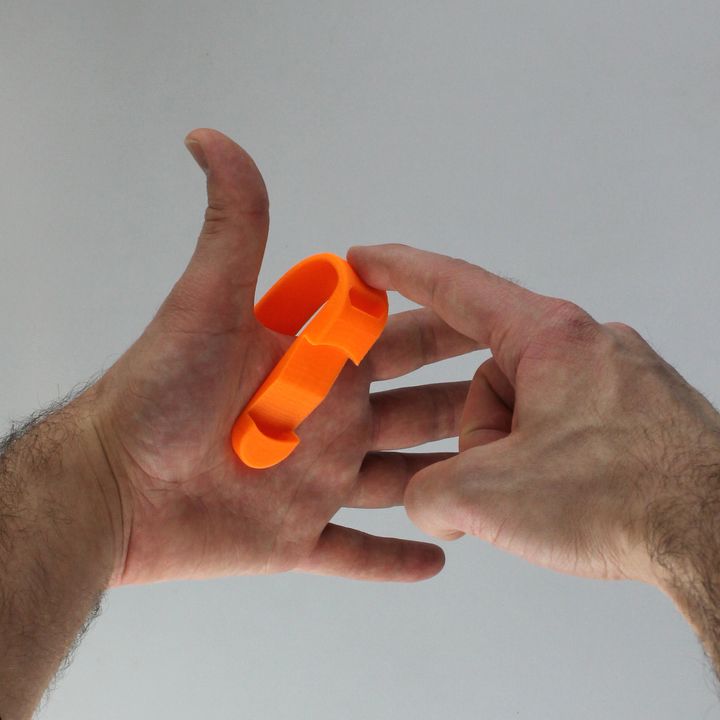
Hand Orthosis
The Hand Orthosis represents a more complex attachment mechanism that could be adapted for our dock station system.
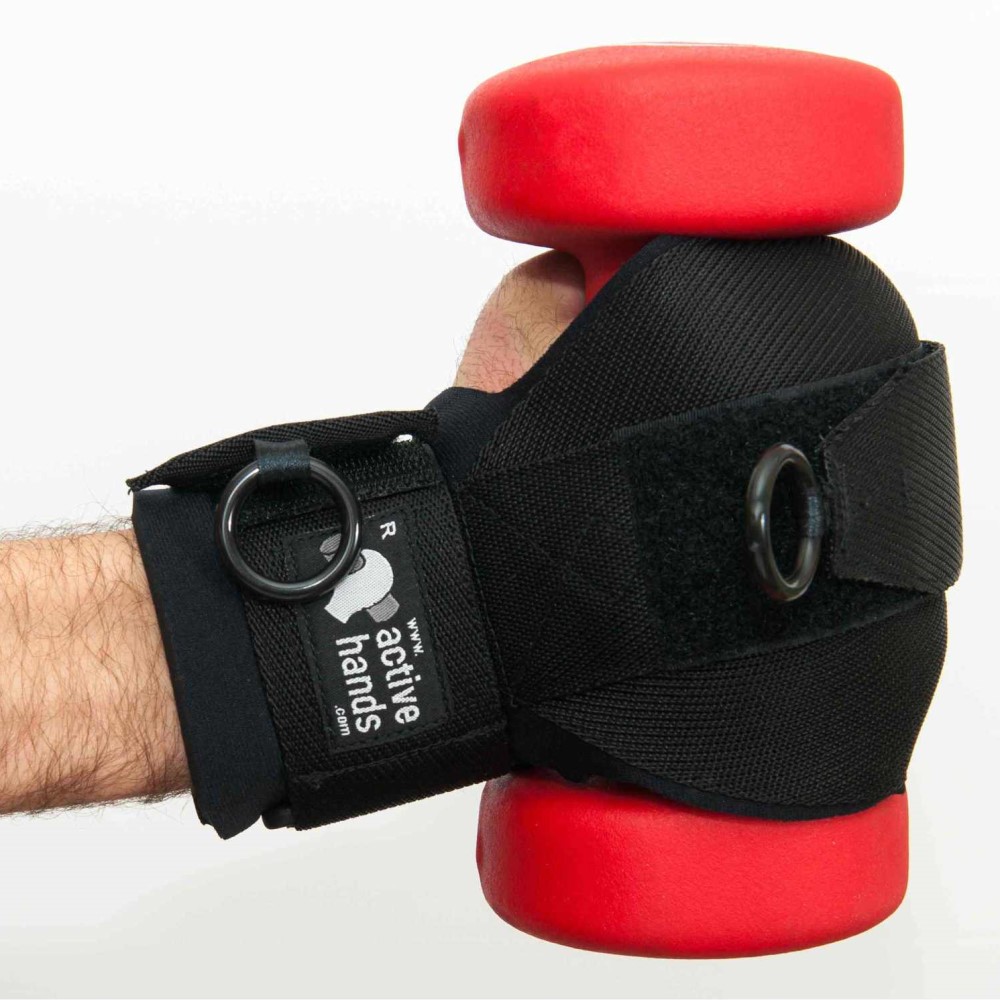
Bendable Foam Handle
This Bendable Foam Handle can be used to secure long objects against the palm and arm, providing another attachment approach.
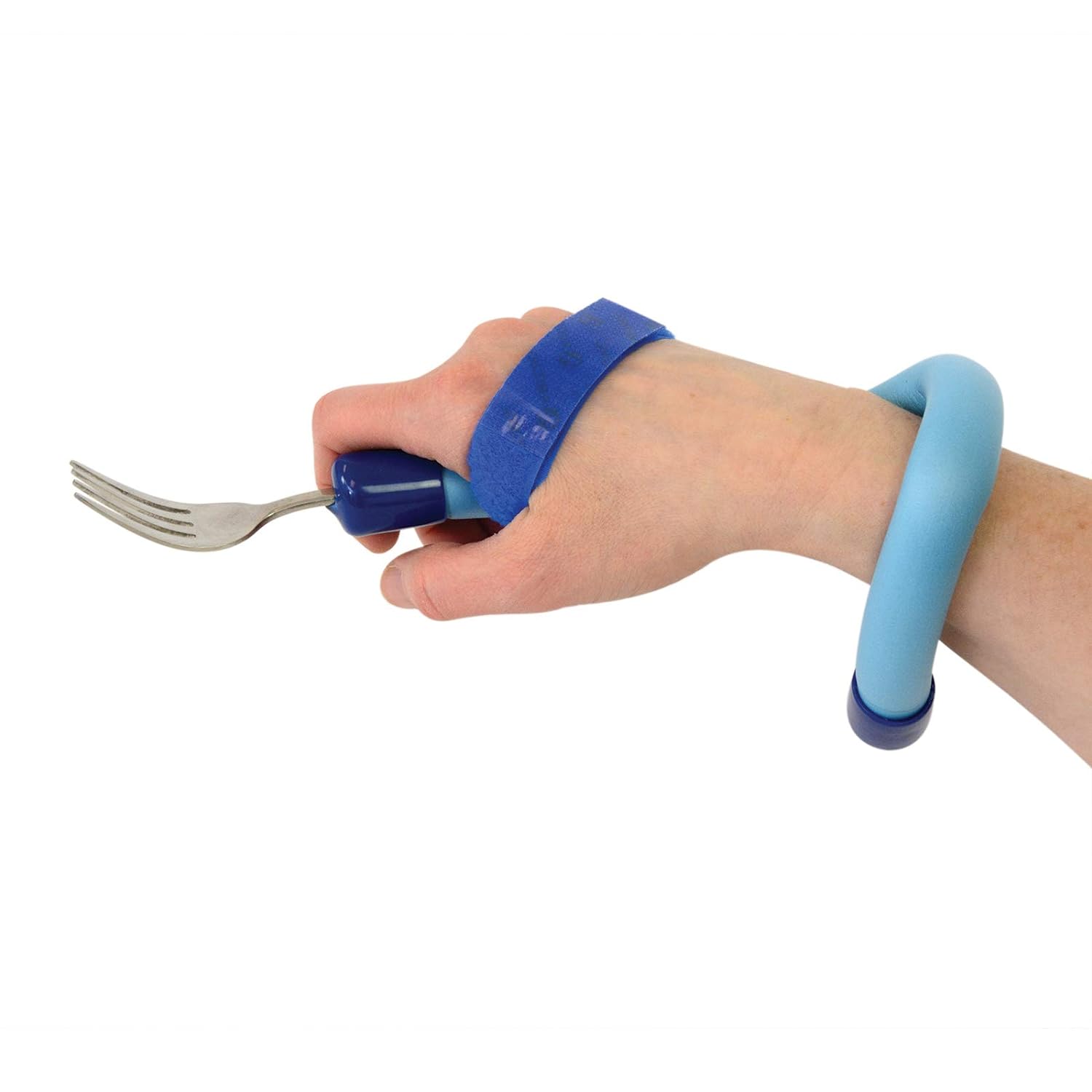
After analyzing these solutions, we conceived the idea of creating an adaptable system similar to Apple's MagSafe phone connector - a universal attachment system that could work with various tools and implements.
Joint Mechanism Development
We explored several joint designs for our attachment system:
Ball Joint Approach
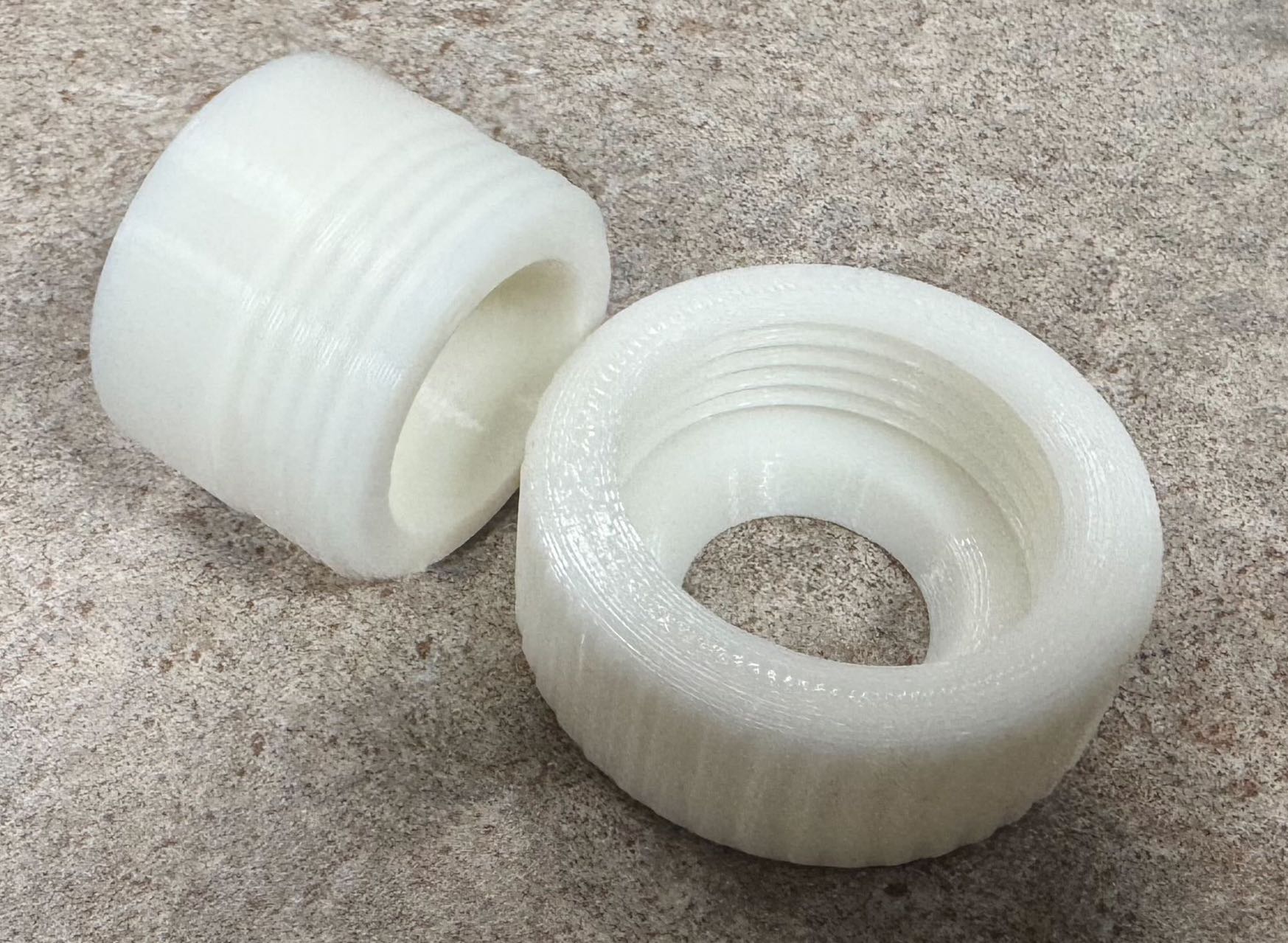
This design uses a screw-in ball joint mechanism, but it limits the diameter of attachable objects and may not be optimal for users with upper limb disabilities.
Click-in-Place Joint
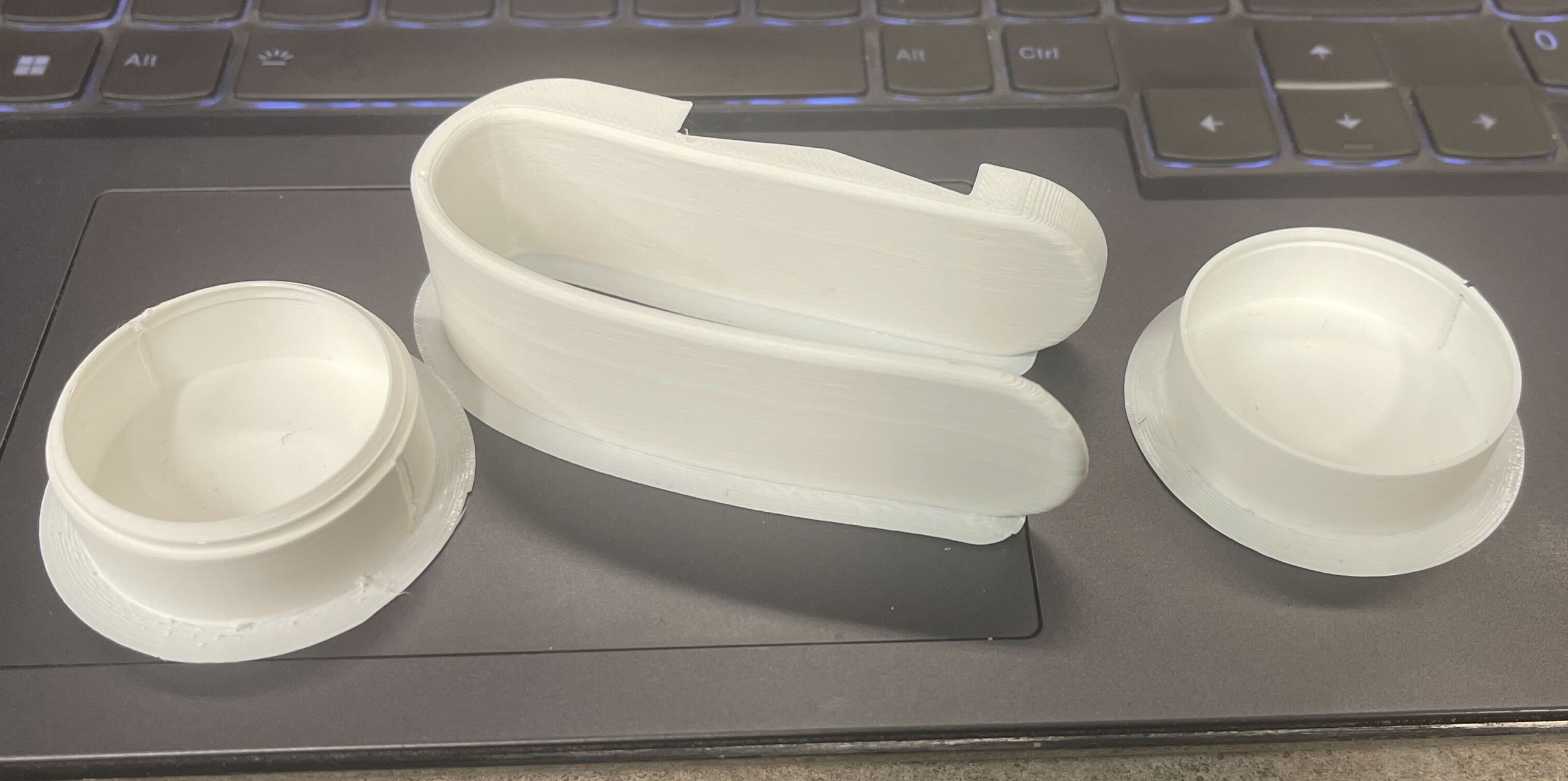
This alternative uses a clip system with side-mounted joints that click into place. While functional, the connection strength may be insufficient for demanding tasks.
Innovative Magnetic Latch System
I developed a unique joint mechanism utilizing magnets in a 'key' system that can be operated by placing it on a table or holding it with the other hand. This design addresses the dexterity limitations that many users face.

The magnetic latch system works by:
- Using strategically placed magnets to create a secure connection
- Implementing a key-based release mechanism that doesn't require fine motor control
- Allowing one-handed operation for attachment and detachment
- Providing strong holding power for daily tasks while maintaining easy removal
Design Philosophy
Our approach focuses on:
- Universal Compatibility: Creating a standardized attachment system
- Ease of Use: Requiring minimal dexterity or complex movements
- Magnetic Innovation: Leveraging magnetic technology for intuitive operation
- Independence: Reducing reliance on caregivers for daily activities
Future Development
While the magnet sizes are still being determined and the 3D model remains in development, I'm excited about the potential of this magnetic attachment system. The design promises to provide users with upper limb disabilities greater independence and functionality in their daily lives.
This project represents a significant step toward creating assistive technology that truly empowers users rather than simply compensating for limitations. By combining thoughtful design with innovative magnetic mechanisms, we're working toward a solution that could make a meaningful difference in people's lives.